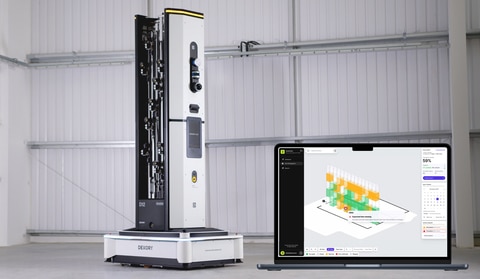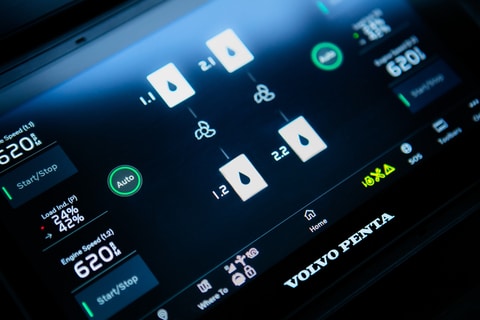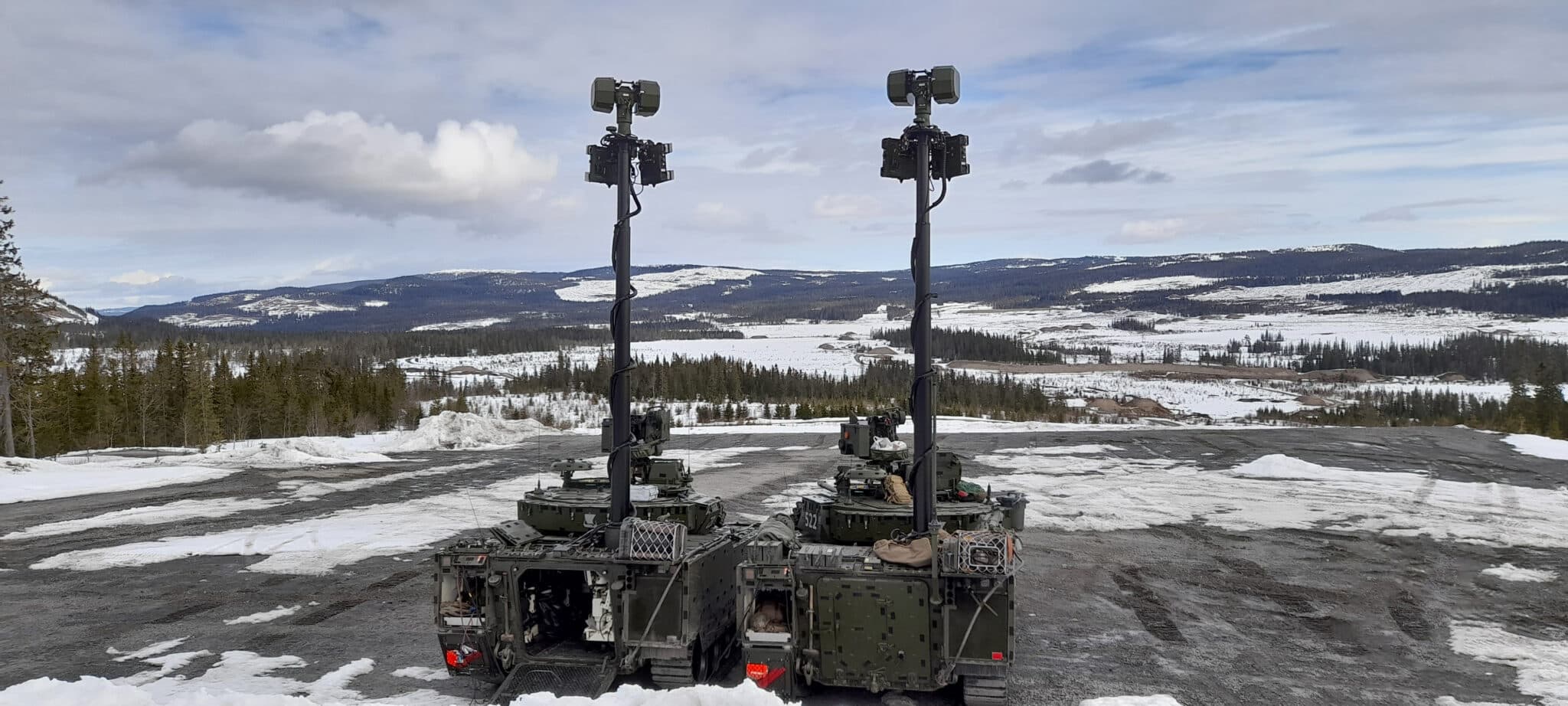Digital identity solutions are not only the basis for secure and convenient travel, they are also the key to important services and greater control over personal data. Four key trends are currently crystallizing in identity technologies.
Digital identification and identity solutions are an important part of global technological progress. In addition to simplifying and streamlining processes such as dealing with government agencies or traveling, proof of identity is directly linked to fundamental human rights. For these reasons, the development of technologies and solutions plays a crucial role. And there has been a lot of progress. Veridos, a global leader in identity solutions, outlines here the four most important trends and developments in the field of identity technologies:
Travel is becoming more digital and more secure. New technologies are paving the way for a new level of security in electronic passports. Self-check-in terminals and biometric data on microchips, for example, are helping to speed up the boarding process at airports. The next step in this development: the physical passport will no longer be the only way for travelers to verify their identity. With Digital Travel Credentials (DTC), the travel document of the future can also be displayed completely digitally and much more conventiently – on a mobile phone or smartwatch, for example.
The passport is becoming more sustainable. The travel and tourism industry is responsible for an estimated eight to eleven percent of global emissions. To meet the industry’s commitment to reducing its carbon footprint, research is increasingly focusing on recycled materials for documents that can ensure more sustainable supply chains. The days of passports with virgin plastic-based components may soon be numbered in favor of new, eco-friendly ID documents. The digitization of ID documents can help reduce the need for physical ID cards.
Self-Sovereign Identity (SSI) is becoming relevant. Self-sovereign identity puts individuals back in control of their data. This revolutionary concept allows individuals to choose what information to share, when, and with whom. Presenting an ID card to a car rental company, for example, reveals a great deal of sensitive information about an individual, whereas an SSI solution allows for the selective release of required information. With this zero-knowledge proof approach, citizens will be able to protect themselves very effectively against data mining and misuse of their information in the future. But SSI also has great advantages on the digital level – for example, the technology can be used as an identification process in the Internet of Things. Drivers could use it to confirm their identity at electric charging stations, for instance, without having to do anything themselves.
Identity is becoming increasingly digital. People without legal proof of identity are denied access to essential services and human rights, such as voting, education and banking. That is why the United Nations has set a goal of enabling everyone to register their identity by 2030. Universal solutions from leading providers are increasingly focused on digital and phygital technologies – a mix of digital and physical technologies. Not only are they more secure and convenient than purely physical ID cards, they also open doors to electronic services, are easier to manage and offer higher levels of security.
“The world is becoming increasingly digital. We see a growing expectation among users to be able to store important documents on mobile devices,” said Marc-Julian Siewert, CEO of Veridos. “There is certainly still a long way to go before government documents are fully digitized, but the groundwork has been laid and research is making great strides.”







